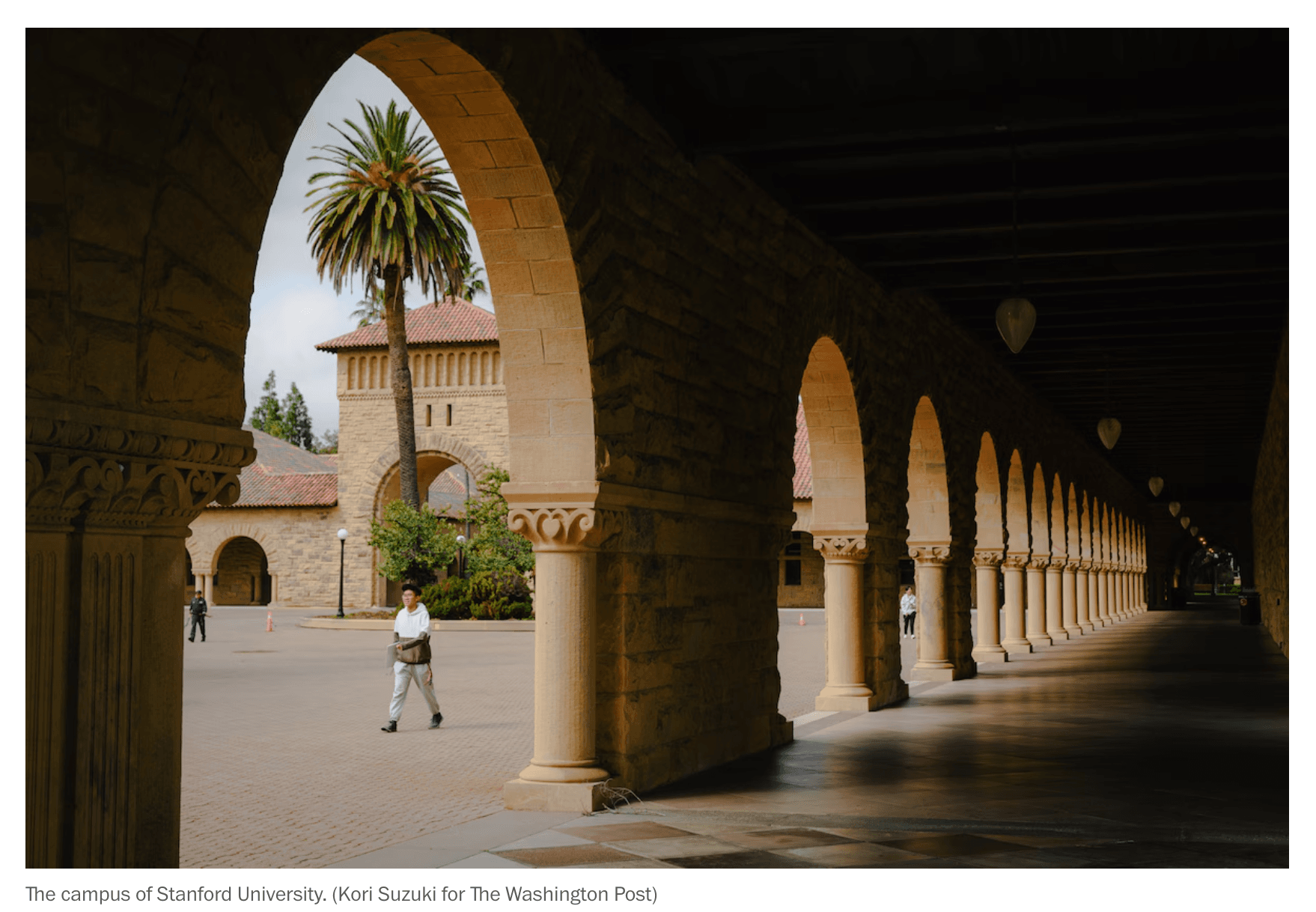NEWS: Stanford’s Top Disinformation Research Group Collapses Under Pressure, by Joseph Menn, published in The Washington Post (Available Here)
This article reports on the Stanford Internet Observatory, which provides influential real-time analysis on the spread of online falsehoods. Amid political and legal attacks that have cost Stanford millions of dollars in legal fees, the Observatory has shed most of its staff and may shut down entirely. The closure of this institution would be a major loss, as universities are viewed as crucial for defending legitimate academic work in this area, especially during consequential events such as election periods.

ANALYSIS: How A Fugitive Florida Deputy Became A Kremlin Disinformation Impresario, by McKenzie Sadeghi with Eva Maitlan, published in Newsweek (Available Here)
A collaborative investigation between Newsweek and NewsGuard profiles John Mark Dugan, a former Florida deputy who fled to Moscow and is now a key player in Russia’s global disinformation network. The report exposes Dugan’s creation of websites like DCWeekly and ChicagoCron that spread false narratives and cite fabricated “whistleblowers’”. They are part of over 167 Dougan-linked sites pushing false claims on many international issues, while masquerading as local news websites. The article also details the challenges in proving his direct Kremlin connections and the broader implications of how such operatives exploit vulnerabilities in the information landscape.

RESEARCH: Overview And Key Findings Of The 2024 Digital News Report, by Nic Newman, published by The Reuters Institute (Available Here)
The Reuter Institute’s Nic Newman has published an executive summary of the key findings of their 2024 Digital News Report. One finding is that in many countries (especially outside Europe and the U.S.) there is a significant further decline in the use of Facebook for news and a growing reliance on a range of alternative sources, including private messaging apps and video networks. Another finding is that news consumption is fragmenting - six networks reached 10% of respondents, compared with just two networks a decade ago. The top network for news consumption was found to be YouTube; it was used for news consumption by almost a third of respondents. The report finds that “we are now at the beginning of a technology shift which is bringing a new wave of innovation to the platform environment, [while] presenting challenges for incumbent technology companies, the news industry, and for society”.

